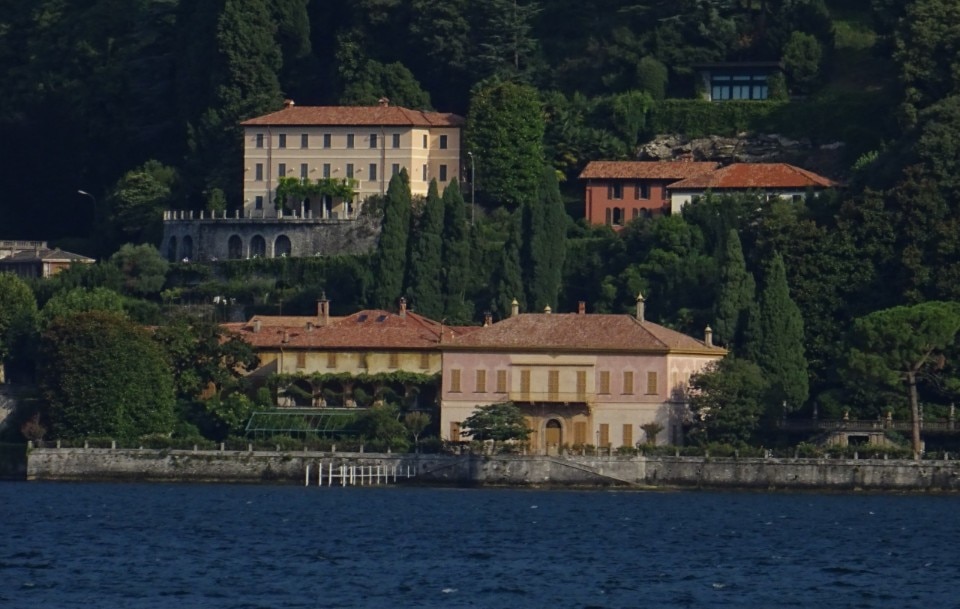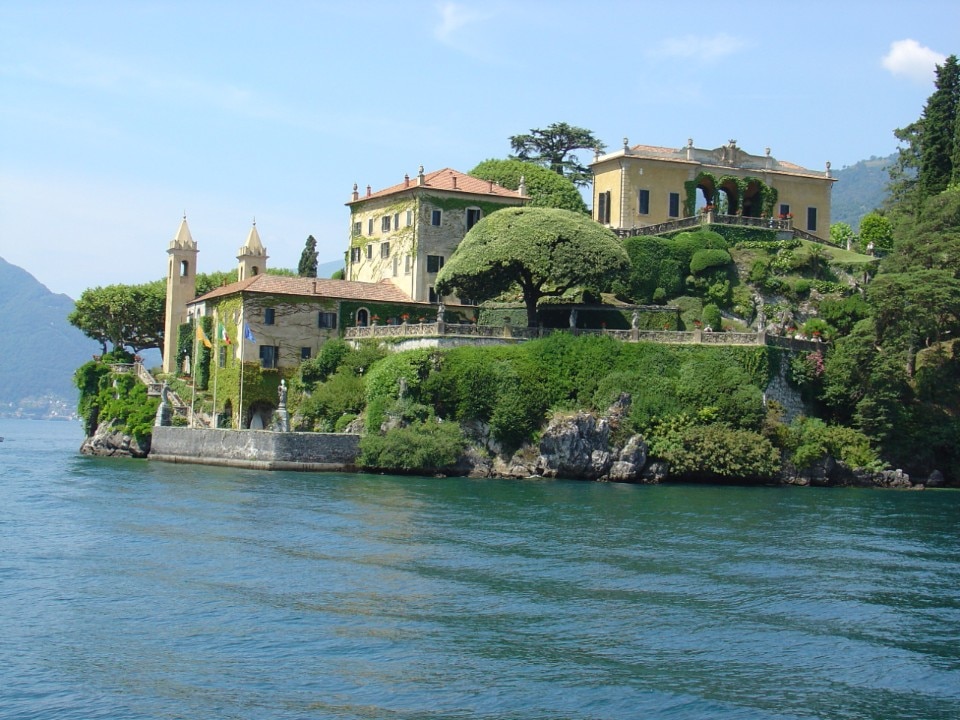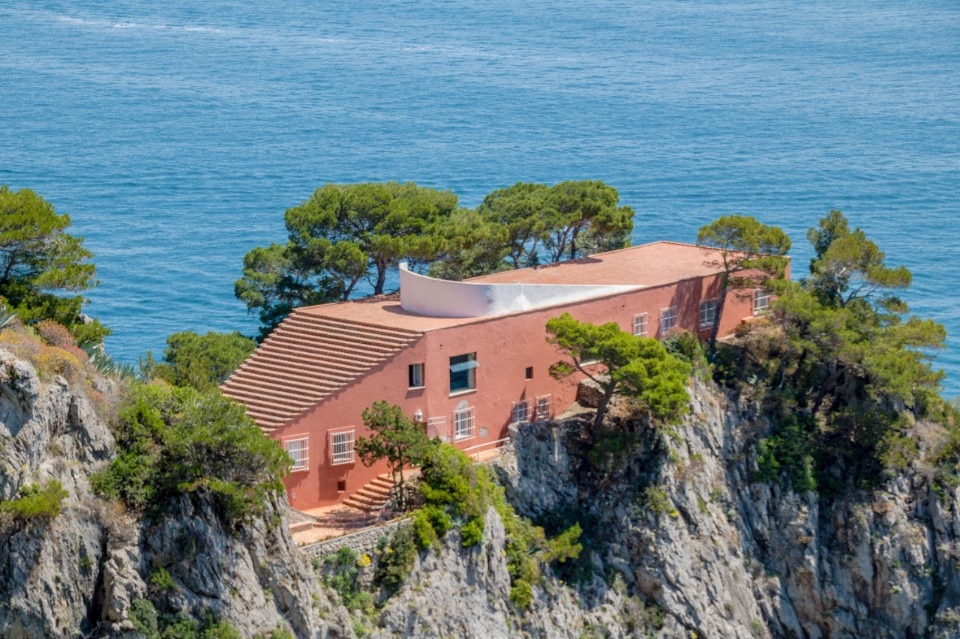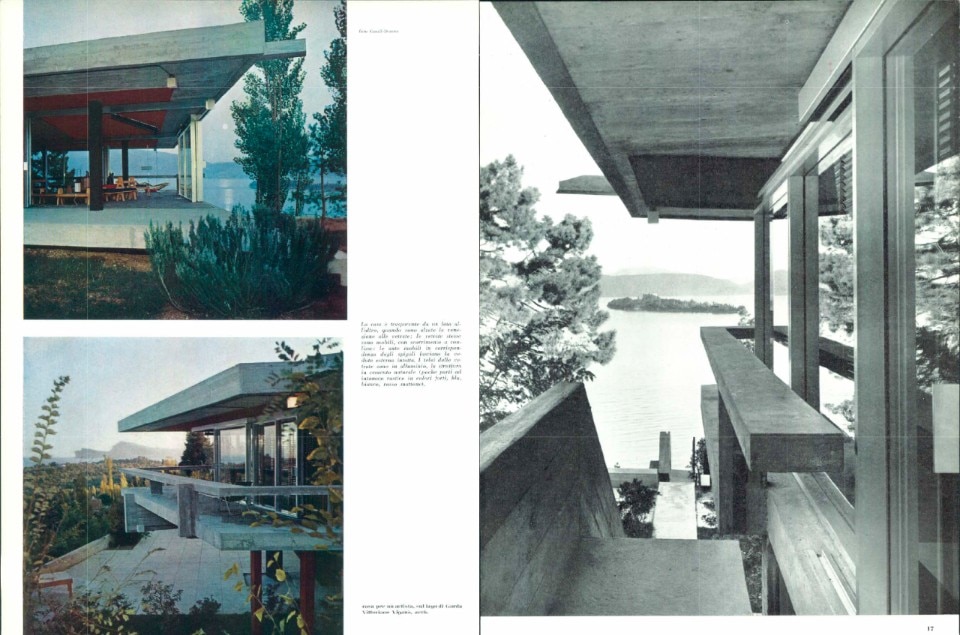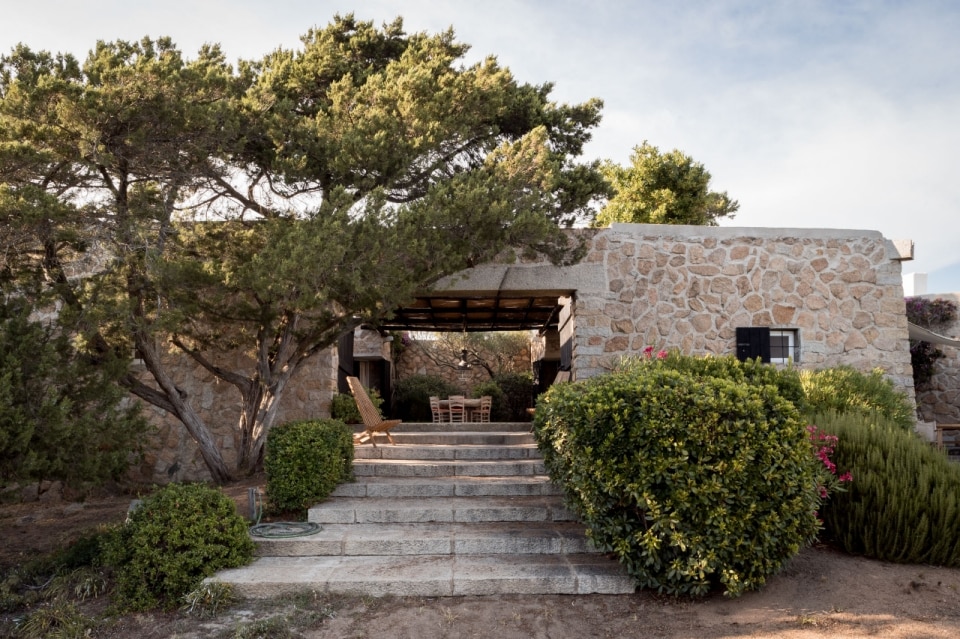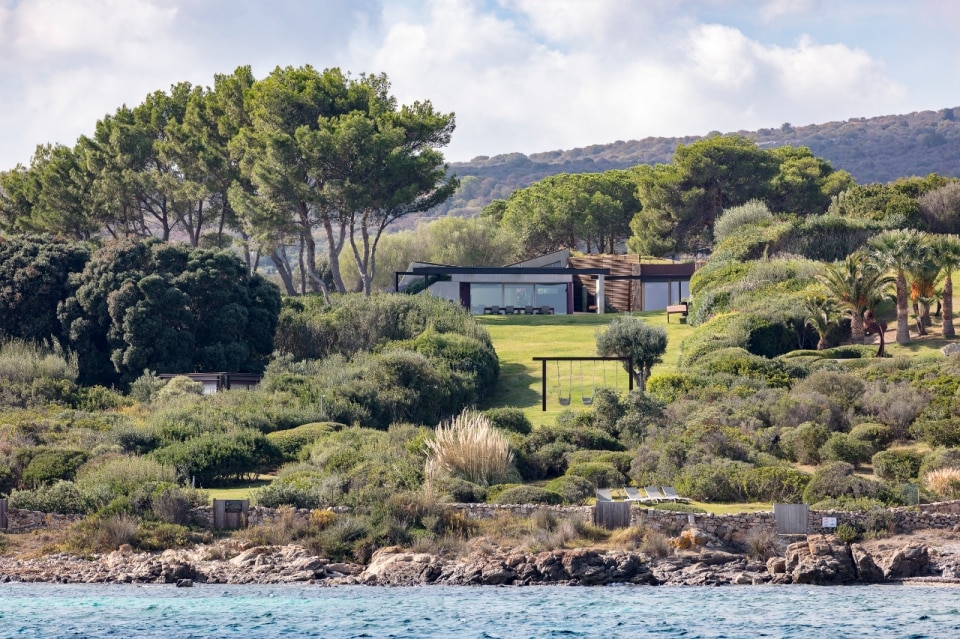If the villa outside the city, from Roman times to today, shows a desire for “otium” philologically understood as time reclaimed from the hustle and bustle and daily worries for the benefit of higher needs of being (from the prosaic to the intellectual), it is no coincidence that many architectures of this type were built in landscape-relevant contexts, where contact with nature and pleasant climatic conditions can often act as effective medicines for both the body and the spirit.
These include the villas at the lake and the sea, where water acquires a symbolic as well as therapeutic role, as Italo Calvino (Invisible Cities) well knew suggesting, through the specular city of Valdrada facing its own image reflected on the lake, that reality is often more complex than it appears, and that perhaps different perspectives are necessary to grasp it in its entirety.
This is the case of those constructions where the complexity of the work is captured mainly from privileged perspectives and, in particular, from the water, revealing the designer’s intent to trigger a biunivocal and “elective” dialogue between artifice and natural element, in spite of the surrounding world.
From villas with gardens overflowing into the water, blurring the boundaries between architecture and nature, to works set in the landscape and overlooking the coast, as if to embrace the infinity of the panorama, Domus has selected ten spectacular works on the water and visible from the water, among plays of reflections and privileged views, in a (perhaps) “cathartic” journey through architecture and its “double”.
Opening image: Alberto Ponis, Casa Scalesciani, Costa Paradiso, Sardinia 1977. From Domus 990, April 2015




